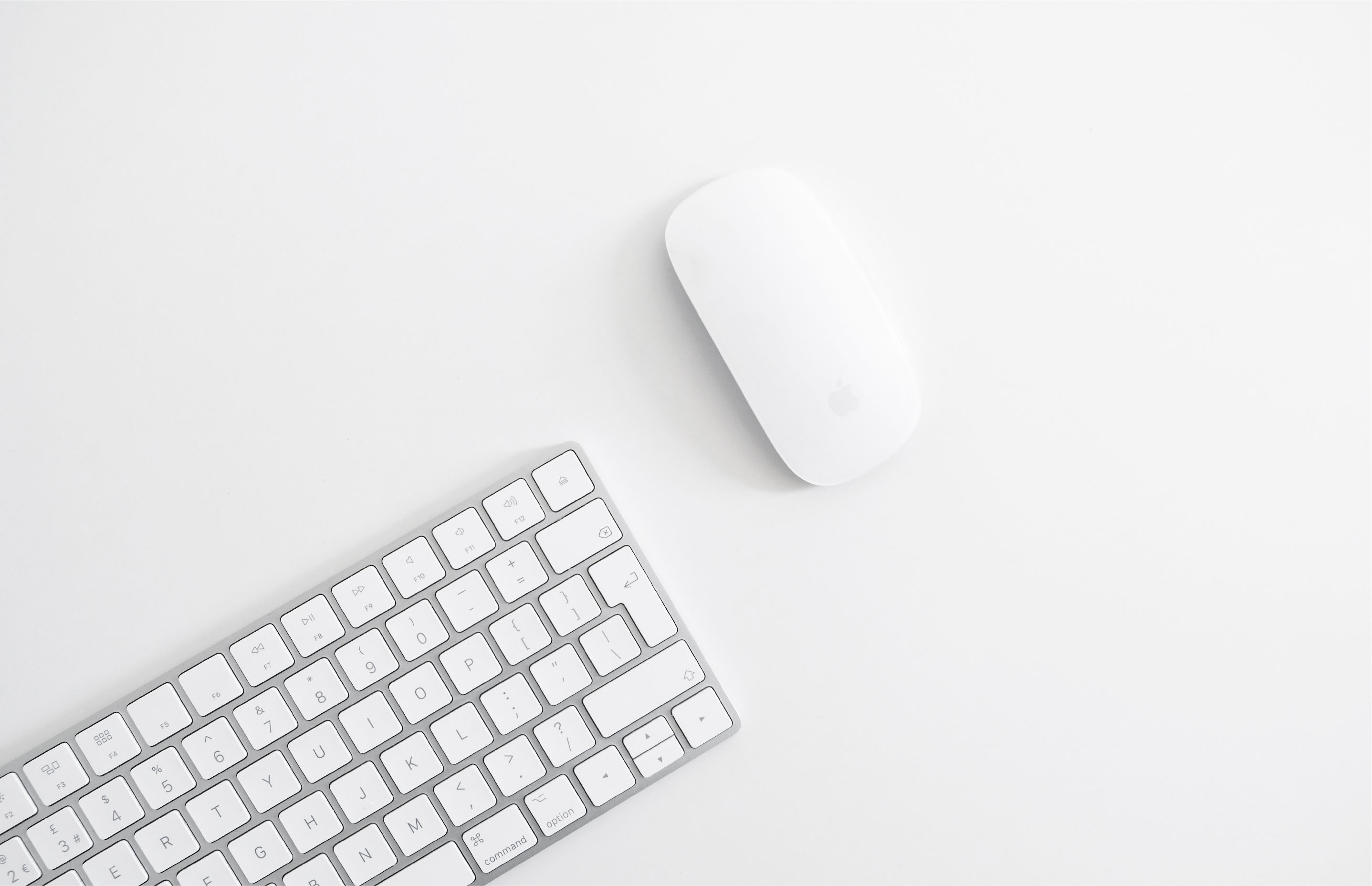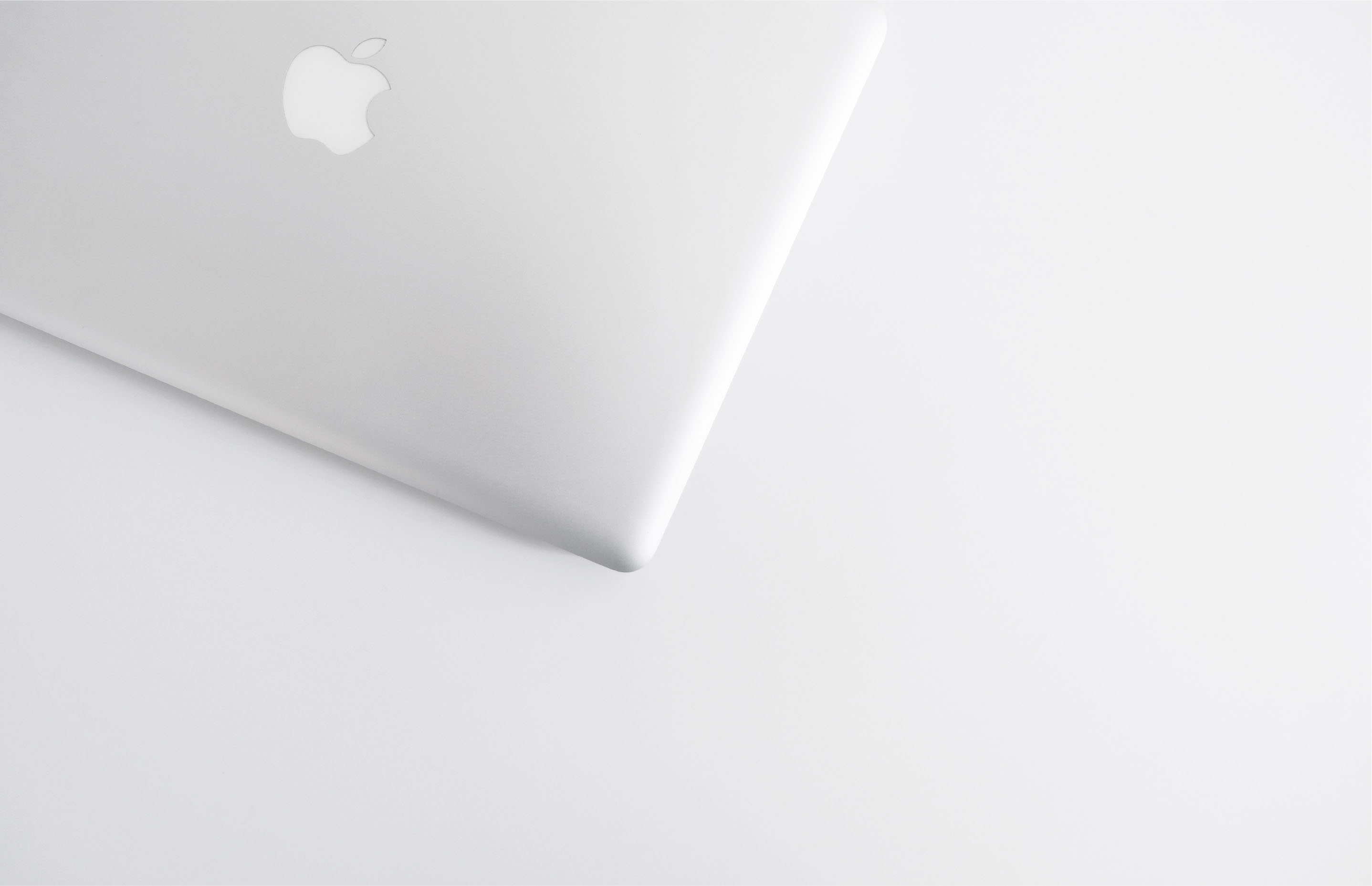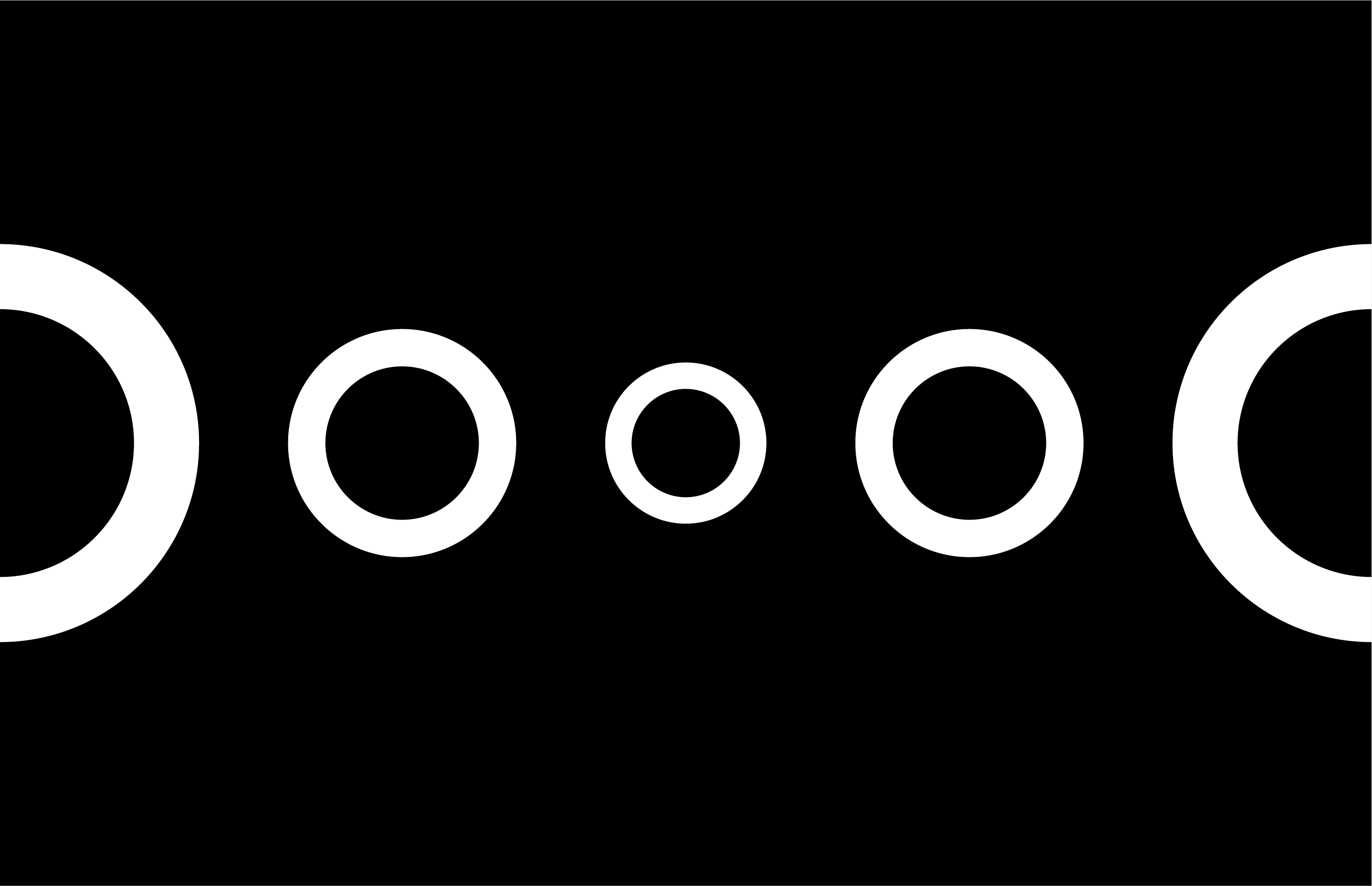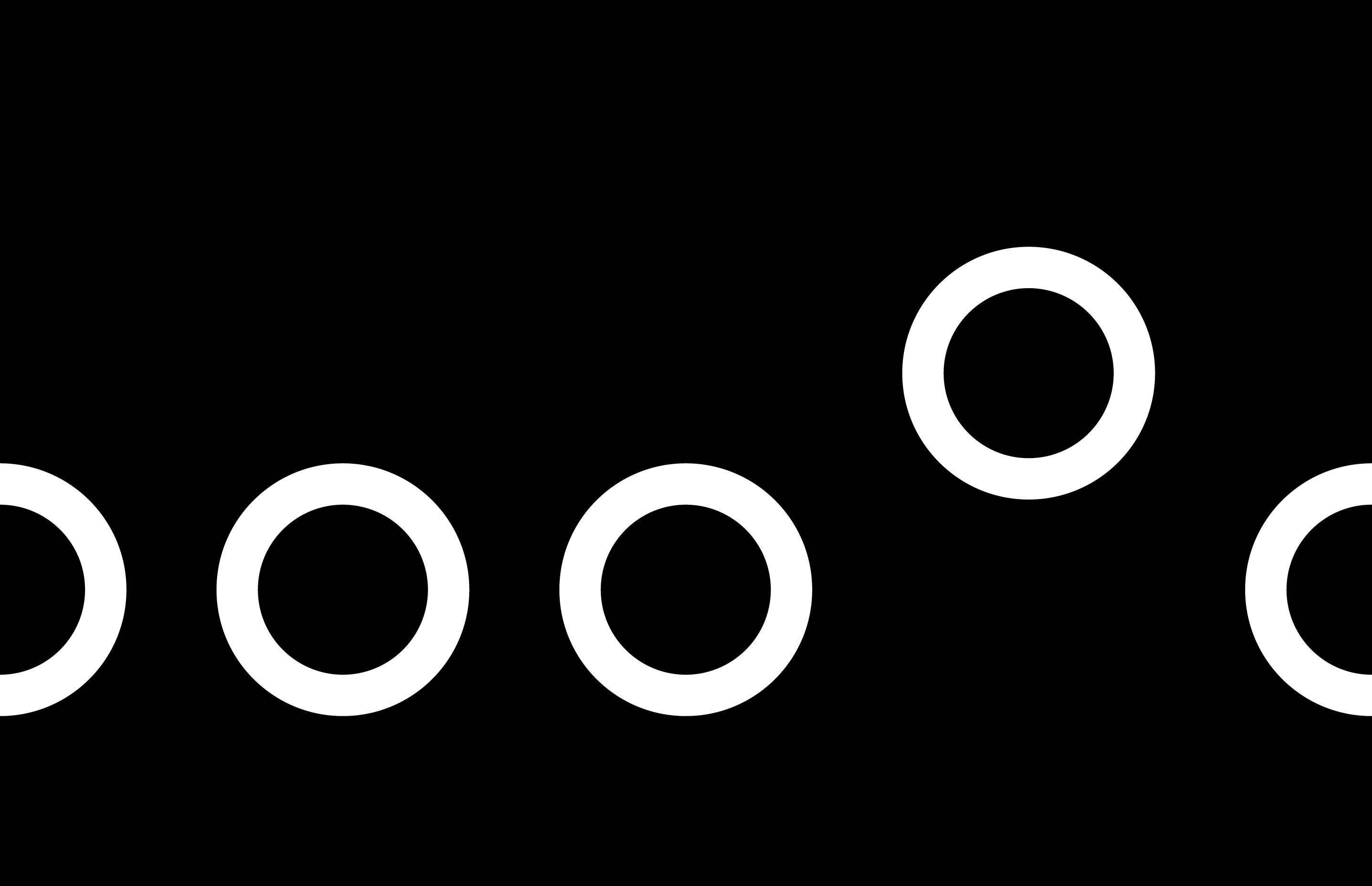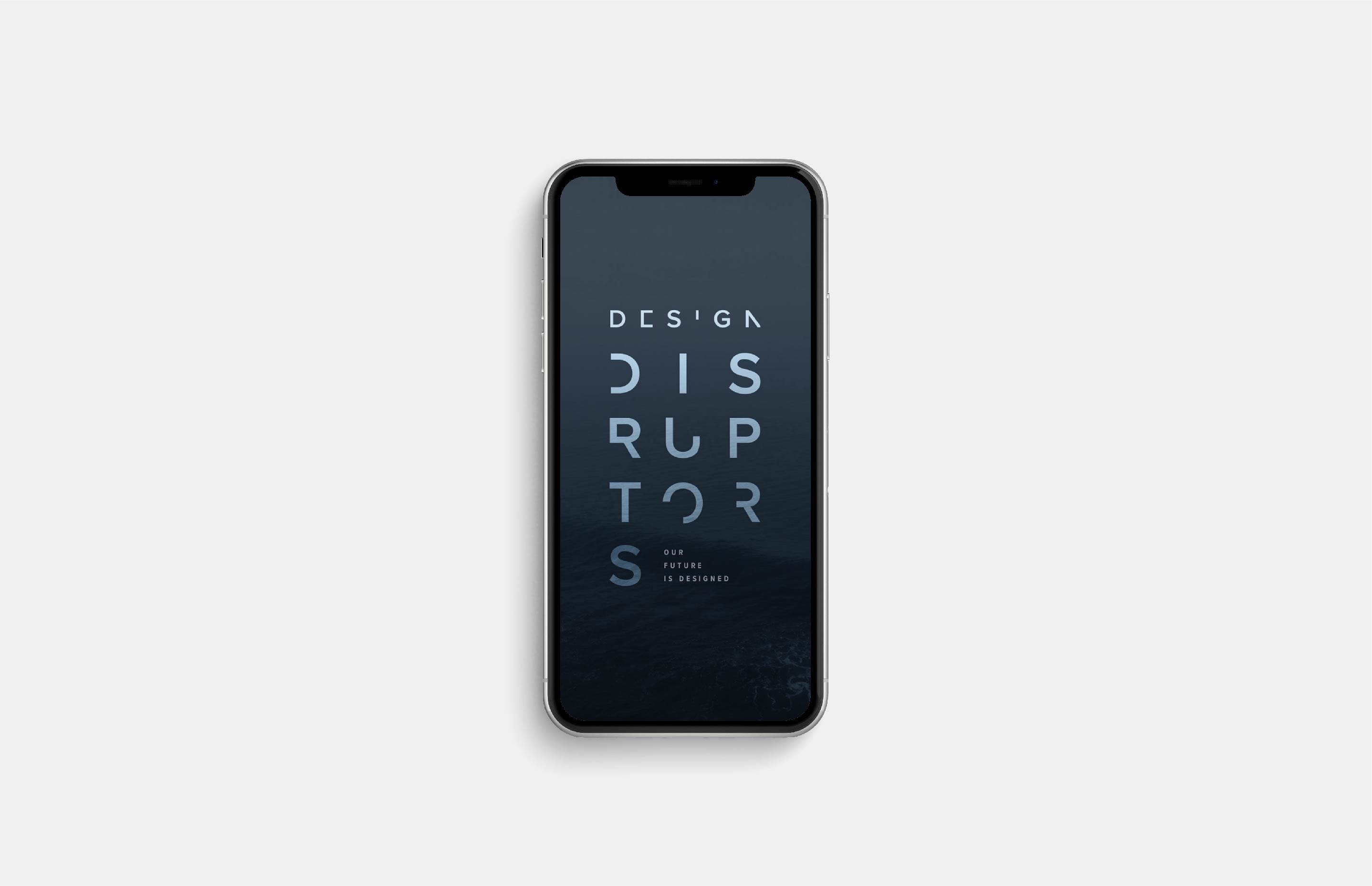Importance of innovation, designers & fundamental design principles

Importance of innovation, designers & fundamental design principles
As designers and problem-solvers, we are accountable for the ever-increasing importance of design and innovation and the role they play in today’s society. We think. We tinker. We bring new ideas to life — and make them user-friendly, aesthetically appealing, and, first and foremost, the best they can be.
While pushing the boundaries of what’s currently possible, we do not just analyze, synthesize, and ideate. We also constantly exercise design thinking. We collaborate. We deploy a human-centered approach. We integrate feedback. We use numerous design principles, techniques, and processes. We iterate. We explore the unknown, uncover the possibilities, test them, and use multiple strategies to make the best ones a reality.
Additionally, we learn new tools. We keep up with the tech news. We discuss the latest updates, systems, and frameworks, and, too, we love to experiment with them. We also seek perfection. We question, observe, and get inspired by everyday things because that’s our everyday thing — to come up with newer, bigger, better ideas. And while being driven by the excitement of continuously feeding our curiosity, we, as a bonus, become really great at making things better. All of it is fun. Great fun. We genuinely love our jobs.
“We get inspired by everyday things because that’s our everyday thing — to come up with newer, bigger, better ideas.”
But why would we want a career that requires us to constantly work towards somewhat unpredictable outcomes, constantly advance our skills and knowledge, and constantly adapt to rapidly changing environments?
We all, now more than ever, are witnessing the design’s true, transformative power — that it can turn anyone’s seemingly impossible visions into reality, disrupt entire industries, and improve our lives. And once we realize it, we want to play a vital part in it. And that’s what attracts so much talent to it.
“Once we experience the true, transformative power of design, we want to play a vital part in it.”
Be it an innate urge to problem-solve, a passion for uncovering new opportunities within not-so-explored scenarios, or a desire to create exceptional, beautiful, streamlined products, designers have a thing in common — we’re all doers. We make and move things forward. We transform challenges into victories. We invent, innovate, and introduce.
And as we introduce new, more inclusive, and more impactful products, we’re not just improving people’s everyday experience and shaping their future. We’re also amplifying the true power of design and the importance of innovation around the world — and inspiring future generations to continue bettering it.
And because a lot has changed since day one, we should always be reminded of what got us here in the first place — the Fundamental Design Principles — as they helped us change the world, one design at a time.
FUNDAMENTAL DESIGN PRINCIPLES
● 1. Good design is innovative — The possibilities for innovation are never, by any means, exhausted. Technological development is always offering new opportunities for innovative design. But innovative design always develops in tandem with innovative technology, and can never be an end in itself.
● 2. Good design makes a product useful — A product is bought to be used. It has to satisfy certain criteria, not only functional but also psychological and aesthetic. Good design emphasizes the usefulness of a product while disregarding anything that could possibly detract from it.
● 3. Good design is aesthetic — The aesthetic quality of a product is integral to its usefulness because the products we use every day affect us and our well-being. But only well-executed objects can be beautiful.
● 4. Good design makes a product understandable — It clarifies the product’s structure. Better still, it can make the product talk. At best, it is self-explanatory.
● 5. Good design is unobtrusive — Products fulfilling a purpose are like tools. They are neither decorative objects nor works of art. Their design should, therefore, be both neutral and restrained to leave room for the user’s self-expression.
● 6. Good design is honest — It does not make a product more innovative, powerful, or valuable than it really is. It does not attempt to manipulate the consumer with promises that cannot be kept.
● 7. Good design is long-lasting — It avoids being fashionable and, therefore, never appears antiquated. Unlike fashionable design, it lasts many years — even in today’s throwaway society.
● 8. Good design is thorough down to the last detail — Nothing must be arbitrary or left to chance. Care and accuracy in the design process show respect towards the user.
● 9. Good design is environmentally friendly — Design makes an important contribution to the preservation of the environment. It conserves resources and minimizes physical and visual pollution throughout the lifecycle of the product.
● 10. Good design is as little design as possible — Less, but better — because it concentrates on the essential aspects, and the products are not burdened with non-essentials. Back to purity, back to simplicity.
-
How to build a great digital product
Having an excellent idea, wanting to disrupt the status quo, and aspiring to become a household name might be solid enough reasons to keep us motivated every day. Yet to build a digital product — to build a great digital product — also requires perseverance and hard work. A lot of it if you don't work smart.
-
Life is too beautiful for ugly design experience
Great design is invisible, they say. Great design should not make you think, they added. Why? Because the ultimate goal of a great design experience is to make you feel nothing less than delighted.
-
First principles thinking, innovation & design
Innovation entails pushing boundaries, exploring the undiscovered, and bettering the status quo. We wouldn't survive, evolve or thrive without this innate urge to constantly seek something better nor without our ability to adapt to new situations.
-
Business, design & mindset mentoring
Hi, I'm Bara. I'm a digital product & brand designer using holistic design and psychology to help startups, businesses, and entrepreneurs manifest the full potential of their businesses and successfully grow them. You may already be familiar with my design & psychology work. And you may now book business, design, and mindset mentoring with me!
-
Inclusive design & universal design principles
It's impossible to design for 100% of users. That said, we need to advocate for more inclusive design. All designers should always consider the diverse spectrum of users. Imagine people with disabilities, people who aren't as tech-savvy as us, or those who don't fall into the binary world that we're so used to. Being mindful of them will help us create a better user experience across the board.
-
Optimizing designers’ inspiration, ideation & creation process
Aren't we, designers — and, in fact, all creative minds — rather good at seeking inspiration? We scroll through our favorite visual blogs, flip through pages of that well-thumbed book, or stroll through design stores. Over time, we learn where and how to look each time we want to find a state of inspiration and design something new.
-
Brand Storytelling: How to run a successful & well-loved business
With so much white noise in the media ecosystem, how can we make our brand stand out? Should we focus on the brand's tone of voice, perfect the customer experience, or better the brand storytelling? Or should we perhaps only concentrate on engaging with our audience?
-
Design Disruptors: How Design Became the New Language of Business
Design Disruptors: How Design Became the New Language of Business reveals a never-seen-before perspective on design approaches of the world's most innovative companies that shake — intentionally or not — billion-dollar industries.
-
Importance of innovation, designers & fundamental design principles
As designers and problem-solvers, we are accountable for the ever-increasing importance of design and innovation — and for the role it plays in today's life and society. We think. We always tinker. And we're often developing new concepts. It's our responsibility to make each design solution user-friendly, aesthetically appealing, and, first and foremost, the best it can be. And when doing so, we're often guided by numerous design principles, techniques, and methodologies.

